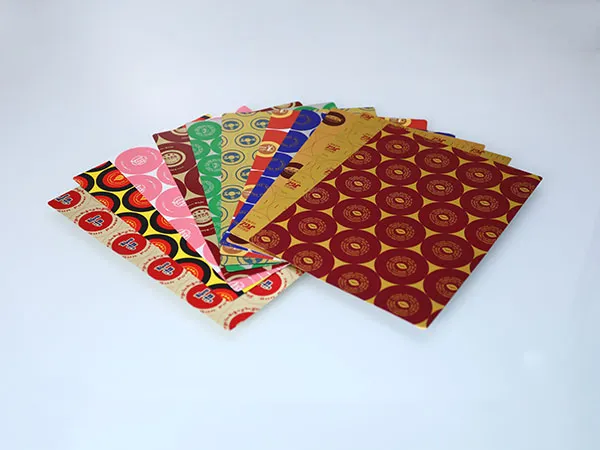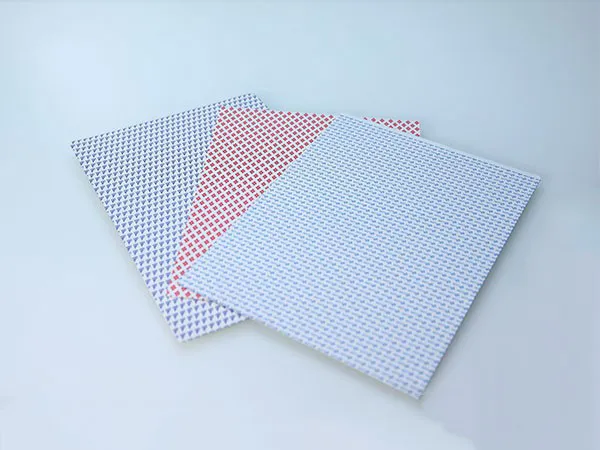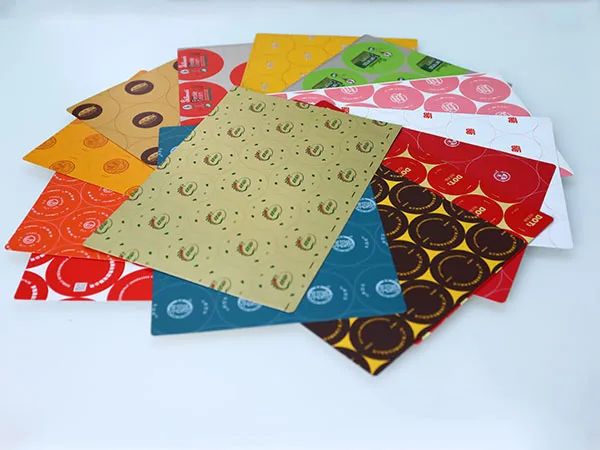2025-04-28 06:22:05
To customize a printed aluminum sheet, you have several methods available, each offering unique results and suitable for different applications. Here's a breakdown of popular techniques.

Process: Digital printing using ultraviolet (UV) curable inks directly onto the aluminum sheet. The ink is cured instantly by UV light, creating a durable, vibrant print.
Can print in full color, including white ink, which is not possible with sublimation on non-white surfaces.
Produces sharp and detailed images.
Offers good durability against mechanical pressure.
Suitable for short runs and customized designs.
Can achieve various finishes depending on the ink and substrate.
The image may have some sensitivity to external weather conditions.
Often requires a primer layer for better ink adhesion, especially on glossy surfaces.
Primarily used for decorative purposes like signage, plaques, and photo panels.
Process: A design is printed onto special transfer paper using sublimation inks. The printed paper is then placed onto a polyester-coated aluminum sheet and heat-pressed. The heat causes the ink to vaporize and infuse into the coating, creating a permanent, high-resolution image.
Produces vibrant, photo-quality images with excellent color transfer.
The print becomes part of the surface, offering good durability against scratching and fading.
Suitable for items like photo panels, promotional products, and some signage.
Requires aluminum sheets with a special polyester coating.
Best results are achieved on lighter-colored or white aluminum.
Image can fade over time with prolonged exposure to direct UV radiation.

Process: Anodizing is an electrochemical process that creates a durable, corrosion-resistant oxide layer on the aluminum surface. Custom graphics or text can be integrated into this layer through various methods like laser engraving or chemical etching after or during the anodizing process.
Extremely durable as the design is integrated into the metal surface.
Offers excellent resistance to wear, corrosion, and chemicals.
Ideal for applications requiring longevity, such as industrial labels, nameplates, and architectural elements.
Laser engraving provides a clean, precise, and permanent mark.
Color options for the graphics are typically limited to the underlying metal color (often silver or gray) unless combined with other coloring techniques.
May require specialized equipment and processes.
Process: Similar to UV printing, some industrial inkjet printers are designed to print directly onto various metals, including aluminum, often using specialized inks that offer excellent adhesion and durability.
Can achieve full-color prints with good adhesion.
Suitable for various applications, including industrial parts, signage, and decorative items.
May require pre-treatment of the aluminum surface for optimal ink adhesion and durability.
The durability of the print can vary depending on the ink type and post-treatment.
Process: Ink is forced through a stenciled screen onto the aluminum surface. Multiple screens are used for multi-color designs.
Good for producing bold, vibrant colors.
Suitable for larger production runs.
Can use specialized inks for increased durability.
Not ideal for highly detailed images or photographic prints.
Each color requires a separate screen and printing pass, increasing costs for complex designs.

The best method for customizing your printed aluminum sheet depends on several factors, including:
Desired image complexity and color range: UV and sublimation offer the most flexibility for full-color, detailed images.
Durability requirements: Anodizing with graphics and some DTM methods offer excellent long-term durability.
Quantity: Screen printing can be cost-effective for large runs, while digital methods like UV printing are better for small to medium quantities and customization.
Budget: The cost per sheet can vary significantly depending on the printing method and any necessary pre- or post-treatments.
Intended application: Signage, decorative panels, industrial labels, and consumer products may have different requirements.
It's recommended to consult with professional printing services specializing in metal decoration to discuss your specific needs and determine the most suitable and cost-effective customization method for your aluminum sheets. They can also advise on material preparation, design considerations, and finishing options.